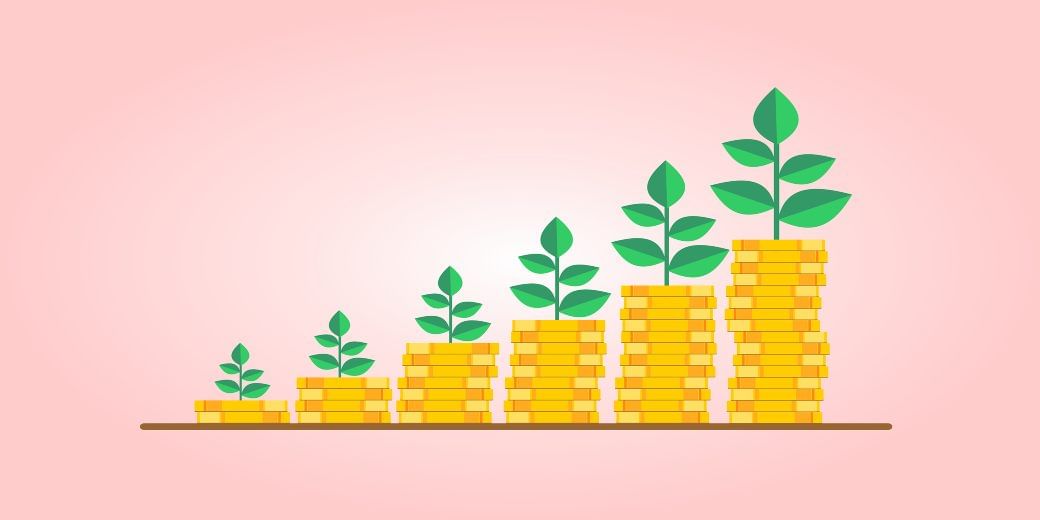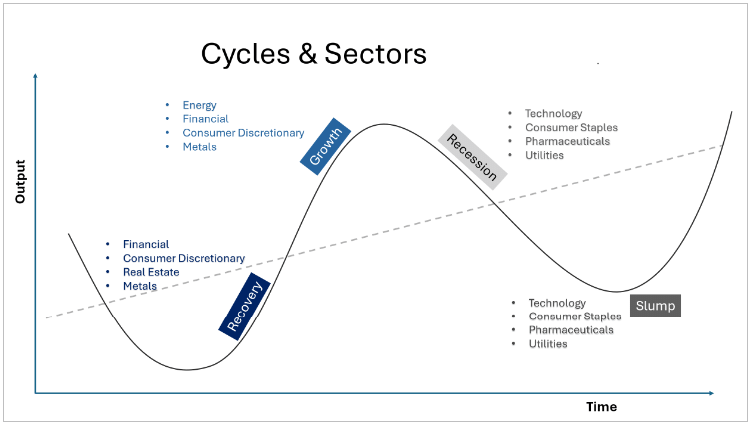Past performance matrix can be completely misleading for a sectoral fund investment
Many investors assess past performance while buying sectoral funds. Retail investors often invest in sectoral funds based on recent success, which can be misleading.

Sector investing involves making investments in specific parts, segments, or sectors of the economy. One can participate either by selecting individual stocks according to a theme or by describing different exchange-traded funds (ETFs) or mutual funds that focus their investments on a single sector.
Many investors assess past performance while buying sectoral funds. Retail investors often invest in sectoral funds based on recent success, which can be misleading. These funds are cyclical, meaning their performance can fluctuate significantly due to economic, political, and market factors. Those entering at the tail end of a sector’s growth cycle may find themselves on the downward slope of the cycle, as the sector’s growth cycle may have already peaked.
Understanding the economic landscape reveals that each industry has its own distinct business cycle, which can be divergent from the broader market. The broader market trajectory might represent the main track; however, the economy is a complex system with interconnected tracks, with each industry operating on its own track.
Some sectors contribute more than others in a cycle, which is often concealed, and one needs to dig deep to see through. During periods of economic expansion, sectors like technology and consumer discretionary may experience surges, while utilities and consumer staples may see modest growth. During recessions, essential goods and services like healthcare or consumer staples may hold steady, while cyclical industries like construction or manufacturing may experience significant impacts.
Chart A

Note: The above business cycle shown is for illustrative purposes only. There is not always a chronological progression in this order, and in past cycles the economy has skipped a phase or retraced an earlier one. Also, each sector’s performance can be different during each cycle.
Sector investing offers both benefits and risks. The benefits are portfolio diversification & sector rotation, as the former involves investing in multiple economic sectors, as outsized gains in some sectors can offset lower returns in other sectors, thereby enhancing overall portfolio diversification and later allowing the investors to change their allocation to certain sectors depending on the economic cycle. For example, during a recession, one may invest in the utility sector, which tends to outperform, and then shift their funds into consumer discretionary goods during recovery. The same features that make this strategy appealing can also make it risky. Potential Volatility, Things that impact one sector as a whole tend to affect most or all companies within that sector. Concentration risk is a form of investment risk in which investors over-allocate a portion of their portfolio to a single sector and lose the downside protection that may come with a properly diversified portfolio.
It is also important to understand the sector sensitivity based on many factors. Here are some key considerations:
1. Discretionary vs. Non-Discretionary Spending: During economic downturns, consumers tend to tighten their belts, disproportionately affecting non-essential goods and services like travel, entertainment, and restaurants, while essential needs sectors like utilities, healthcare, and basic consumer staples remain stable.
2. Durability of Goods: Durable goods like cars and appliances are less frequently replaced during economic downturns, making sectors like manufacturing and automobiles more vulnerable to economic fluctuations.
3. Interest Rates: Interest rate changes can significantly impact sectors with high debt levels, such as real estate and utilities, by increasing borrowing costs and dampening investment.
4. Government Spending: Government spending patterns, influenced by economic conditions and political priorities, can impact sectors heavily reliant on government contracts like defence and infrastructure.
5. CAPEX Cycle (B2B): Private corporate capex pick-ups benefit companies in certain sectors, and the capex cycle varies by sector. When sector capacities exceed 80% utilization, companies typically invest in capacity expansion for future demand, like in Capital Goods.
Conclusion: Investors can identify opportunities in various sectors by analyzing business and profit cycles. As the business cycle approaches a turning point, they can adjust investments to sectors likely to perform well, positioning their portfolios to capitalize on the next phase. However, such a strategy requires deep domain knowledge to understand sector cycles in the ever-changing economic landscape.
The author is Head Family Office and Investment advisory, Upwisery Private Wealth. Views are personal.

